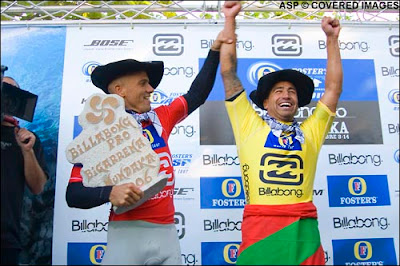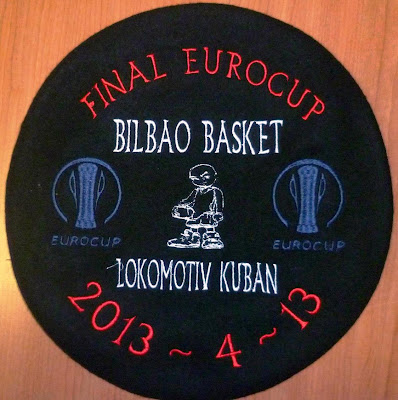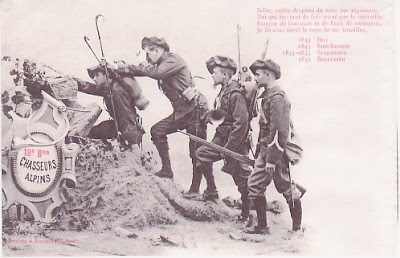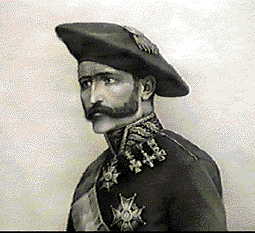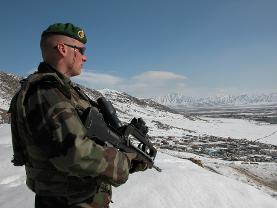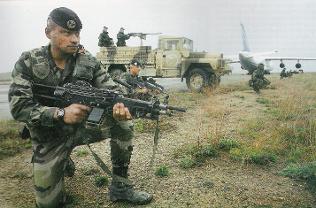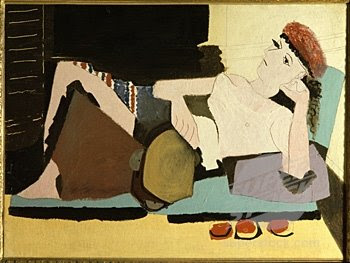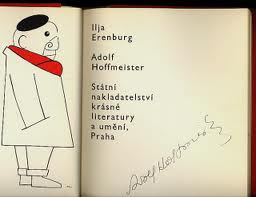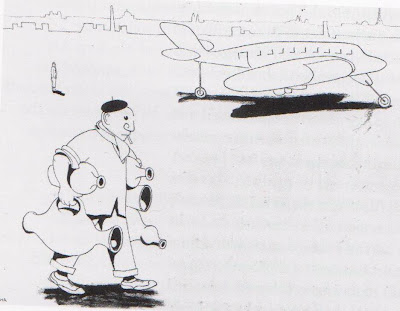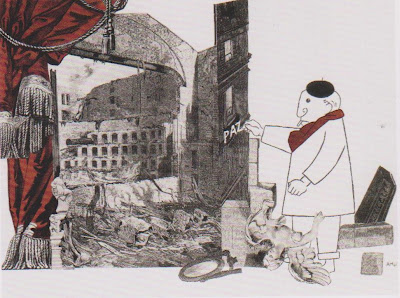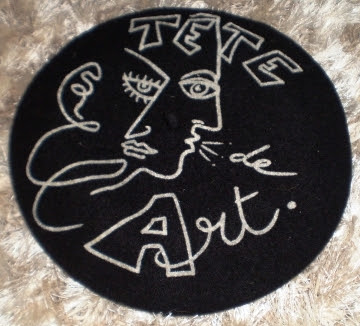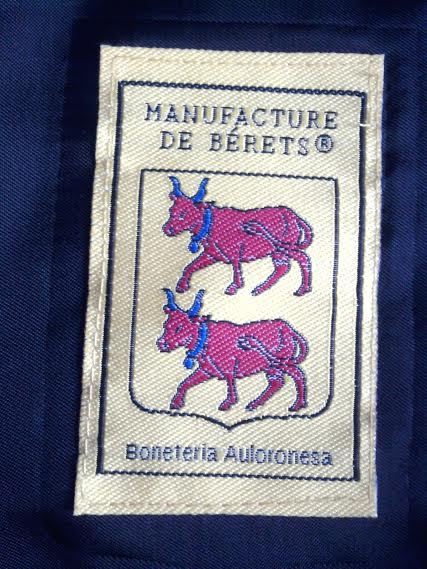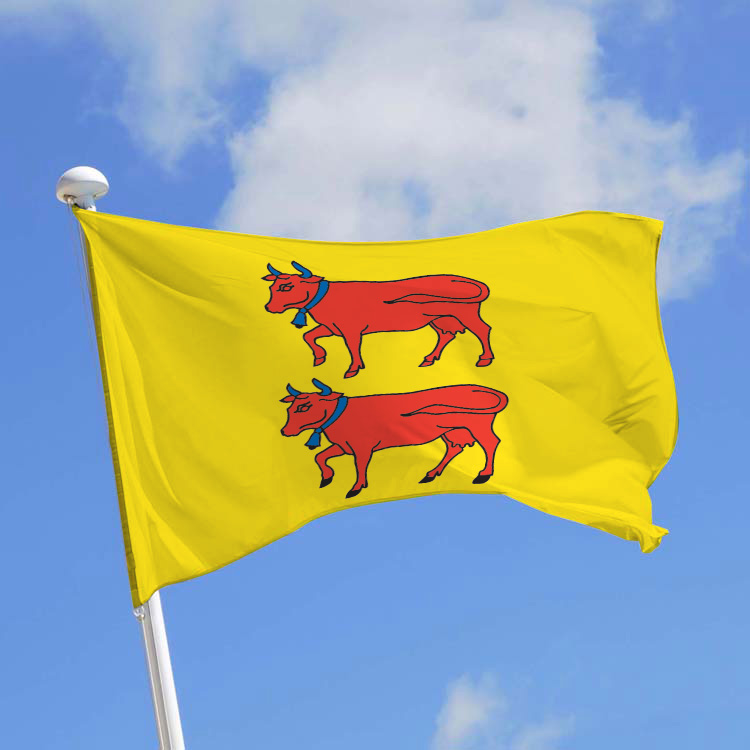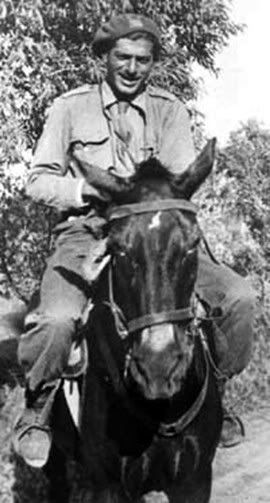Daan
Vendor
- Messages
- 949
- Location
- Wellington, Aotearoa
Ah yes, fishermen and berets - always good for interesting material. Before the decline of hats in general, the beret was the headgear of choice for many fishermen, whalers and seamen. No peak that got in the way or caught the wind (causing your hat to end up in the waves). That typical actually, that it appears on various labels of canned fish from the Basque Country, like on Ortiz - El Velero:

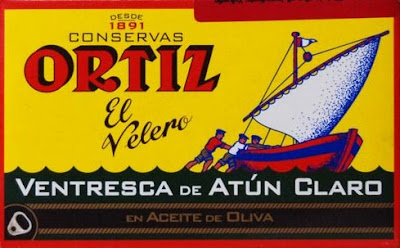
A picture of a fisherman from France, exact date and place unknown:

But also in Russia: a sturgeon fisherman on the Caspian Sea:

Norwegian whaler, photograph by Kåre Kivijärvi (1938 - 1991):

And then there are the many sublime pictures of tuna fishermen; this one from Concarneau (Finistère, Breizh, France)

and Sicily, Italy:
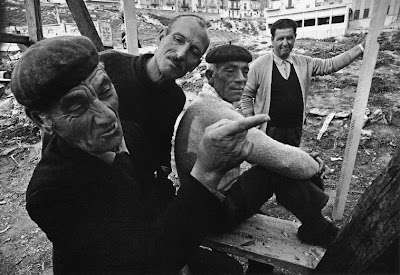
..jpg)
"Sicily, Sant'Elia, Fishermen in conversation" and "Sicily, Favignana Island. 1956. Tuna fishing".

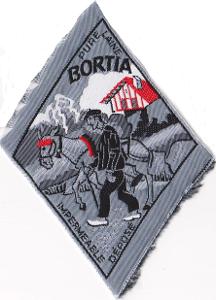
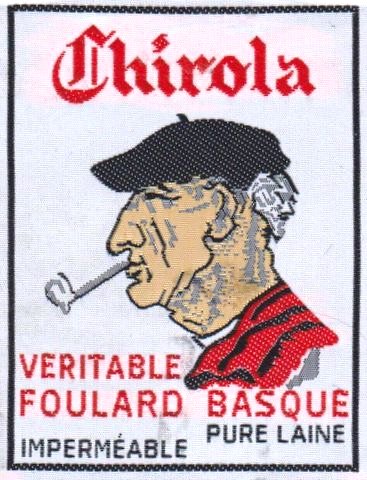
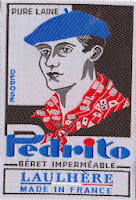

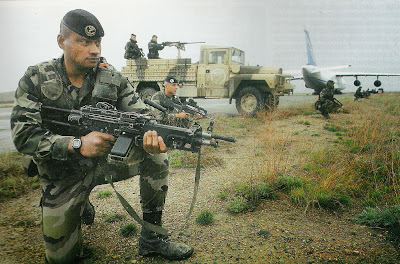
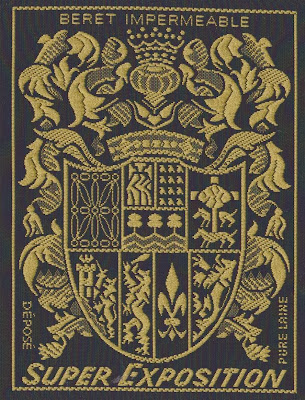
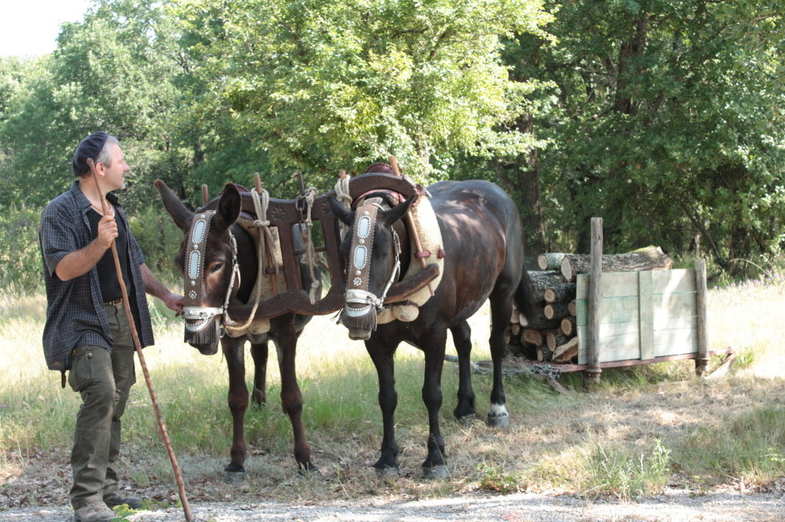


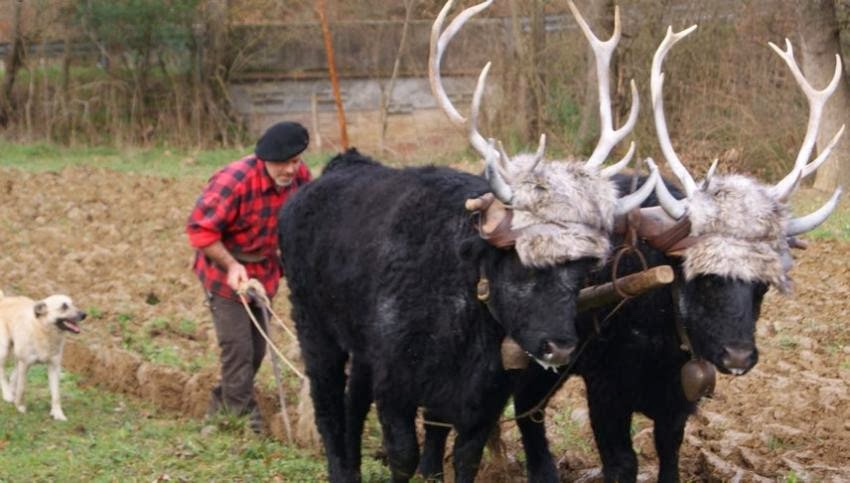


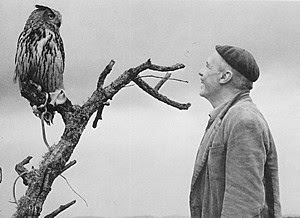






.jpg)

